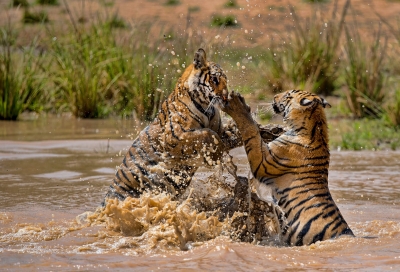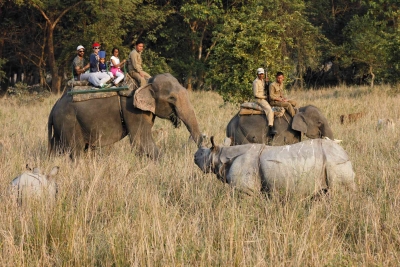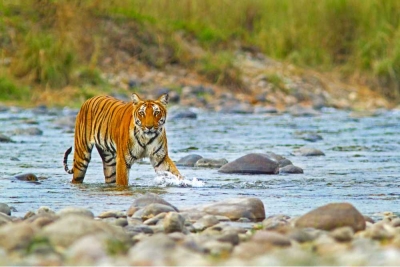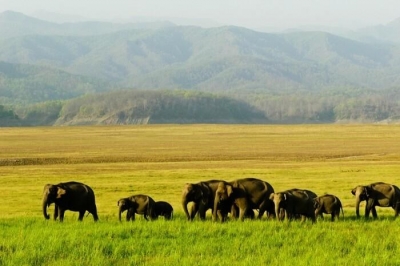Why Nilgiri Biosphere Reserve is famous?
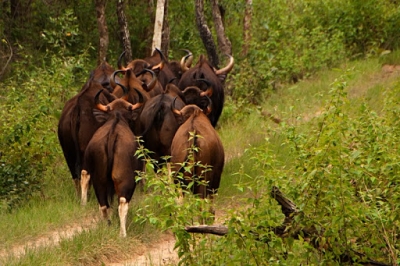
Spanning nearly 350 sq. km in Kerala, the Wayanad Wildlife Sanctuary is an integral part of the Nilgiri Biosphere Reserve. It is contiguous with the protected areas of Nagarhole and Bandipur of Karnataka on one side and Mudumalai of Tamil Nadu on another. Rich in biodiversity, the sanctuary is marked by moist deciduous forests, semi-evergreen forests and plantations of teak, eucalyptus. etc. The region teems with wildlife, including more than 200 species of birds, 40 species of mammals, over 30 types of amphibians, fishes, butterflies and dragonflies. This includes many endangered, threatened and rare species too. The perennial water resources in the sanctuary add to the abundance of wildlife that are dependent on them, especially in summer. The sanctuary is part of a tiger reserve and has one of the highest recorded populations of the Asiatic elephant.
Wildlife
Cormorants, herons, egrets, bitterns, storks, eagles, kites, vultures, buzzards, lapwings, jacanas, pigeons, doves, parakeets, cuckoos, owls, coucals, nightjars, swifts, bulbuls, minivets, shrikes, treepies, drongos, mynas, orioles, swallows, woodpeckers, barbets, hornbills, bee-eaters, kingfishers, babblers, bulbuls, flycatchers, warblers, thrushes, nuthatches, wagtails, flowerpeckers, sunbirds and munias can be spotted here. Asiatic elephant, tiger, leopard, common langur, four-horned antelope, mouse deer, sambar, barking deer, porcupine, mongoose, small Indian civet, chital, common giant flying squirrel, gaur, pangolin, hare, sloth bear, slender loris, wild boar, jungle cat, leopard cat and Indian flying fox are among the mammals found in the region.
Perils for Wayanad
- Since plantation is dominant in the Wayanad region, so is the widespread use of chemical fertilizers and pesticides. Unfortunately, this has resulted in irreparable damage to the area's fragile ecosystem, resulting in toxic pollution of local water bodies, soil, air and groundwater. If the accounts of farmers in the region are anything to go by, the use of pesticides has led to the disappearing of wildlife prey such as foxes. Many farmers have said that foxes around the region have vanished.
- Increasing human-wildlife conflicts have been a matter of great concern in Wayanad. Raiding elephants and tigers have threatened human settlements within the boundaries of the sanctuary. According to media reports, at least half-a-dozen human lives were lost to tiger attacks in eight months spanning 2018-2019. In addition, cattle - crucial for the farmers - too have been lost.
- Worryingly, unlike the past. Wayanad seems to be prone to large scale landslides and landslips now. After the 2018 floods of Kerala, large parts of the areas deluged in Wayanad were cited as fragile, and a complete ban on mining, construction activities and use of land for non-forest purposes has been recommended.
Picture Credit : Google
